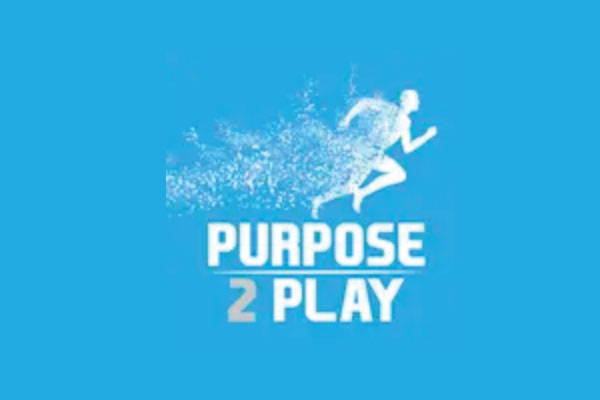Simon Wheatcroft made history Sunday when he crossed the finish line of the 2017 New York City Marathon. That’s because relying on the very technology he helped develop, he became the first blind person to run a marathon with ‘touch’ technology, meaning no one was leading him along the course.
The 35-year-old British man ran the race in 5 hours, 17 minutes and 40 seconds thanks to using a system which helped warn him of obstacles along the way.
With the Wayband app he helped bring to life as a technologist, Wheatcroft wore a GPS device that detects nearby people, curbs, cars and other obstacles by sending out small vibrating pulses to his arm and chest pads.
“What I’m interested in is making sure this technology exists to help everybody,” he told ABC News.
If you were to watch this video he posted from mile 10 of the race, you might assume things worked perfectly.
At mile 10 – all going well! #blindrunner @WearWorksInc @nycmarathon pic.twitter.com/MOSO9f4zWN
— Simon Wheatcroft (@andadapt) November 5, 2017
However, according to the New York Times, his accomplishment didn’t come without a few hiccups.
“At the first water stop, about two and a half miles into the race, a guide for another runner stopped in front of Wheatcroft,” wrote. “His chest sensor was set to alert him when an obstacle was seven feet away. He did not have enough time to stop and clipped the woman from behind, but neither was hurt.”
Three miles in, the technology signaled he was running in the wrong direction even though he was not. At the halfway point and in later miles, the device did the same thing.
For about 13 to 15 miles on Sunday, Wheatcroft ran mostly unassisted. But things began to go wrong. The digital compass in his iPhone and the redundant one he wore on his arm malfunctioned. His pace slowed to 13 minutes per mile from just over 10 minutes. He struggled to navigate, had two additional collisions and sometimes was essentially shouldered around curves by other runners. At other times, he relied on lines on the road that he could feel with his feet. (New York Times)
Despite the glitches, Wheatcroft put up a great time, especially considering he had never tested the technology in a race before — a detail race organizers weren’t thrilled about. But, because he had three people shadowing him in case something went extremely wrong, he was allowed to pilot the touch system among more than 50,000 runners and 2.5 million spectators.

Photo: Simon Wheatcroft/Facebook
This wasn’t Wheatcroft’s first New York City Marathon. He completed it with a guide in 2014 after running 250 miles from Boston to the start line in Staten Island.
Wheatcroft was born with a genetic eye condition called Retinitis Pigmentosa, which caused him to go blind at 17 years old. Since then, he’s climbed mountains, completed ultra-marathons and worked with IBM, MIT and Google to improve their technology. Currently, he’s working on a masters degree in computer science.
“We all tell our children to chase their dreams, and that anything’s possible. And if you’re going to tell someone to chase their dreams, and that anything’s possible, you need to be willing to demonstrate those things,” he said in a mini documentary.
You also need to be willing to take some risks.
“Someone needs to be the first person stupid enough to do it,” he said of all the miles he runs unaided, which have caused a fair share of injuries.
So, even though his New York City Marathon didn’t go precisely according to plan, he made it to Central Park in one piece, certainly looking toward more touch-assisted races on the horizon.
And, it’s safe to say, this pioneer won’t stop until he gets there.

